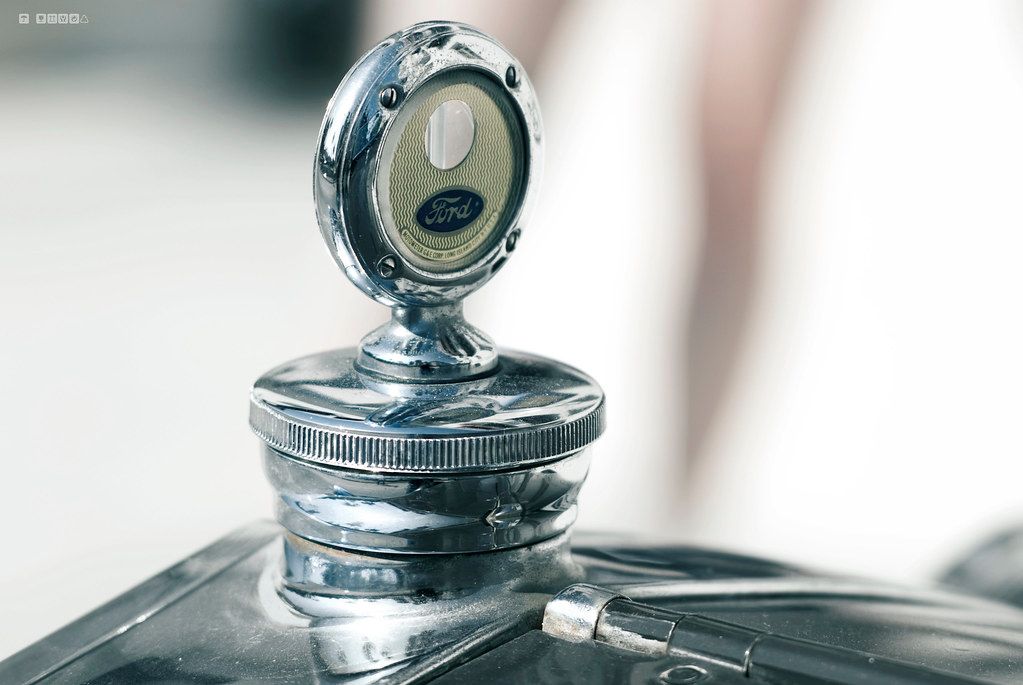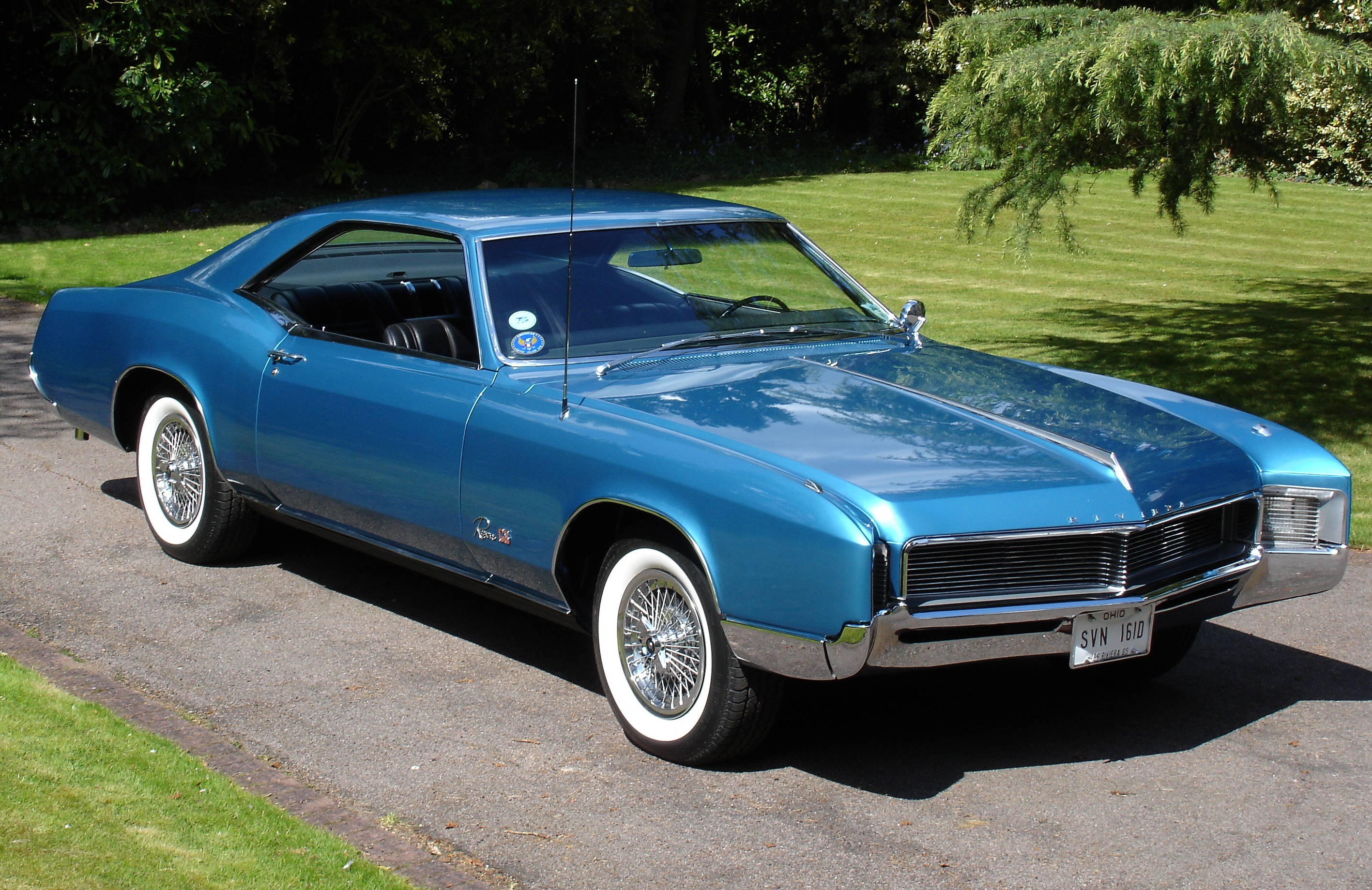
Car upgrades often personalize, enhance performance, or boost aesthetics. The modification market is vast and appealing, offering nearly limitless options. However, distinguishing between value-adding and rip-off modifications is a significant challenge for consumers.
While some legitimate upgrades, like engine improvements for horsepower or a retro Bluetooth stereo for a classic car, can be valuable, the list of money-wasting options is considerably longer. Many modifications alter aspects that manufacturers spent countless hours of engineering and significant development dollars perfecting. Bad modifications can lead to issues with safety, durability, or day-to-day usability, often looking silly, accomplishing nothing practical, and ultimately driving down resale values.
This article delves into 15 expensive car upgrades that, according to automotive experts, are not worth the investment. Our goal is clear: to provide fact-based guidance to help you make informed decisions, ensuring you avoid unnecessary expenses and make smarter choices for your vehicle by prioritizing value, reliability, and safety over fleeting trends or false promises.
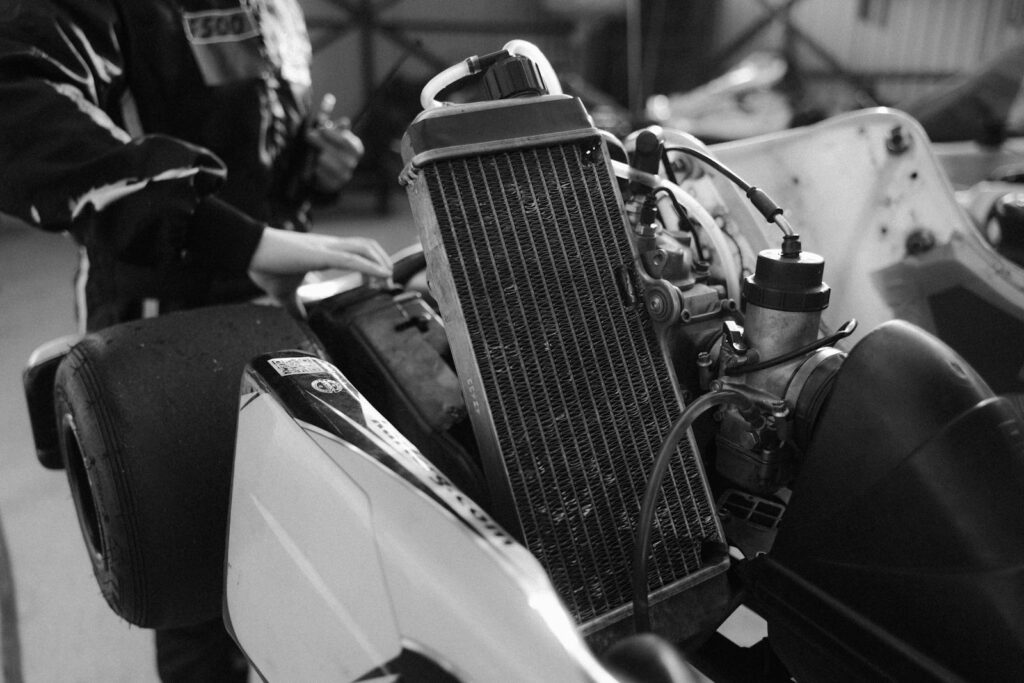
1. **Stick-on Car Components**Many car owners are drawn to cosmetic “upgrades” that promise the look of high performance without the genuine engineering. This category includes items such as fake vents and scoops, knock-off performance badging, and faux carbon fiber trim. While legitimate high-performance models integrate functional scoops, their stick-on counterparts serve no purpose, existing purely for aesthetics.
These decorative elements, often purchased cheaply online, are applied with adhesive. They typically fail at highway speeds, getting ripped off, or leave sticky residue when removed, damaging the car’s appearance. Similarly, knock-off automaker badging, like a $12 “M” badge for a BMW, provides zero performance benefit and fools no one into believing a standard car is a genuine high-performance model. True performance vehicles command higher prices due to extensive engineering, rendering these fake badges a clear waste of money.
Another example of an adhesive-based money-waster is pretend carbon fiber trim, plastic pieces that mimic the real material. These can be bought for just a few dollars to stick around dashboard vents. Such upgrades offer no functional advantage and minimal aesthetic improvement, making the money better spent elsewhere, perhaps on a latte.

2. **Wrong-Sized Wheels and Tires**Large wheels with low-profile tires are visually appealing on high-end sports cars, where they are precisely engineered for performance and fitment. However, installing oversized 20-inch rims on a vehicle like a Honda Civic is a costly mistake. This modification risks the tires rubbing against wheel wells and introduces several practical problems for daily driving.
Low-profile tires significantly increase ride harshness and are more susceptible to damage from potholes or road debris. Stretching too-small tires over oversized wheels drastically increases the risk of blowouts and potentially damaging rims and other car parts. The financial outlay for such an upgrade is substantial, easily exceeding $1,200 for a set of four name-brand 20-inch wheels and associated tires, representing a significant investment for detrimental outcomes.
Conversely, fitting knobby all-terrain tires to daily drivers is equally wasteful. While these tires provide crucial grip in off-road settings, they offer no benefit for city or highway use. Instead, they wear out faster, reduce fuel efficiency due to increased rolling resistance, and negatively impact ride quality. Manufacturers design vehicles with specific wheel and tire setups for optimal performance and safety, making deviations a counterproductive and costly endeavor. Stretched tires further compromise safety with uneven wear, reduced grip, and high blowout risk.
Car Model Information: 2024 Honda Civic EX-L
Caption: 2024 Honda Civic liftback
Manufacturer: Honda
Aka: ubl
Production: 1972–present
Class: Subcompact car
BodyStyle: fastback,Sedan (automobile)
Layout: Front-engine, front-wheel-drive layout,Front-engine, four-wheel-drive layout
Predecessor: Honda N600,Honda Z600
Categories: 1980s cars, 1990s cars, 2000s cars, 2010s cars, 2020s cars
Summary: The Honda Civic (Japanese: ホンダ・シビック, Hepburn: Honda Shibikku) is a series of automobiles manufactured by Honda since 1972. As of 2023, the Civic is positioned between the Honda Fit/City and Honda Accord in Honda’s global passenger car line-up. It is one of the best-selling automobiles in history, with over 27 million units sold through 2021.
The first-generation Civic was introduced in July 1972 as a two-door fastback sedan, followed by a three-door hatchback that September. With a 1,169 cc transverse engine and front-wheel drive, the car provided good interior space despite its small overall dimensions. Initially gaining a reputation for being fuel-efficient, reliable and environmentally friendly, later iterations have become known for performance and sportiness, especially the Civic Si, SiR, and Type R versions. It is currently in its eleventh generation, which has been produced since 2021.
The Civic has often been rebadged for international markets, and it served as the basis for the Honda CR-X, the Honda CR-X del Sol, the Concerto, the first generation Prelude, the Civic Shuttle (which later became the Orthia) and the CR-V (which in turn was used as the basis for the Honda FR-V).
Get more information about: Honda Civic
Buying a high-performing used car >>>
Brand: Honda Model: Civic
Price: $25,285 Mileage: 31,016 mi.
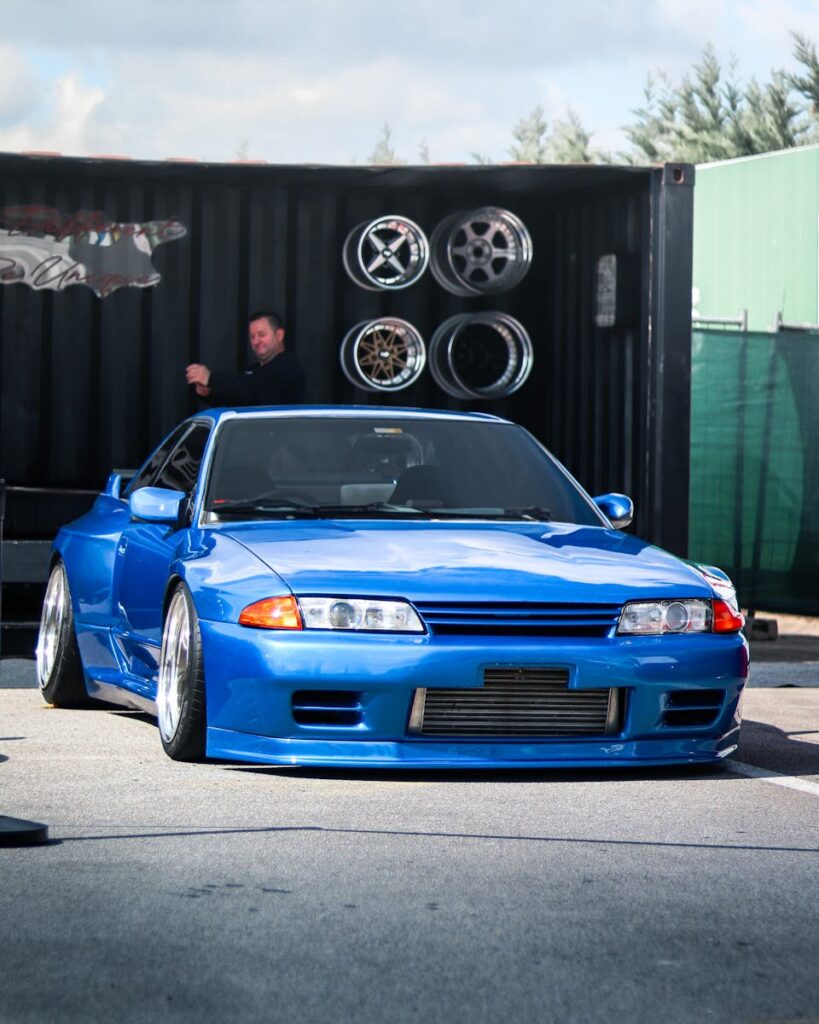
3. **Aftermarket Body Kits**Aftermarket body kits often appeal to those wanting to dramatically alter a car’s appearance. However, for most vehicles, especially daily drivers, fitting such a kit usually destroys value. These polarizing modifications aren’t universally appealing, significantly impacting resale as many potential buyers find them unappealing or impractical.
Beyond subjective aesthetics, the quality of aftermarket body kits varies greatly. Cheaply made kits frequently crack or fail upon minor impact, like hitting a speed bump, leading to further repair costs and reinforcing a perception of poor maintenance. Unlike factory-fitted aerodynamic additions engineered for performance, replica “The Fast and the Furious” kits add weight, increase drag, and degrade performance. Poorly installed kits can also cause aerodynamic issues.
Body kits themselves can cost thousands of dollars. Aftermarket scissor doors also fall into this category; while iconic on Lamborghinis, installing heavy, hard-to-open versions on a standard car like a Chrysler 300C is impractical, guarantees awkward entry, and can cause parking garage issues. For most cars, maintaining the original body design is a financially sounder choice.
Read more about: Your Ultimate Guide: How to Spot Aged Inventory and Score a Bargain on 10 Used Cars Lingering on Dealership Lots

4. **Aftermarket Spoilers and Large Rear Wings**Aftermarket spoilers, particularly large rear wings, are frequently a waste of money. While useful tech gadgets like smartphone cradles and Bluetooth systems can genuinely improve an old car, aftermarket spoilers often make a car look silly, cause visibility problems, and lead to issues like water leaking into the trunk post-installation.
OEM spoilers on high-performance cars are designed for downforce in track settings or improved airflow for efficiency, developed with extensive engineering. Many new cars have purely cosmetic spoilers, but these are professionally integrated into the vehicle’s design. In stark contrast, cheap wing spoilers, often bought for under $100, lack any genuine performance benefit. Claims of reduced fuel consumption or increased mobility from such spoilers are largely baseless for everyday driving.
Furthermore, many aftermarket spoiler installations require drilling into the car’s body, creating permanent modifications and potential points of failure, such as rust or water ingress. Even expensive genuine carbon fiber aftermarket spoilers, regardless of style, do not alter the fact that, aside from purely personal aesthetic preference, they are a poor investment for value retention, often viewed as excessive and impractical by potential buyers.
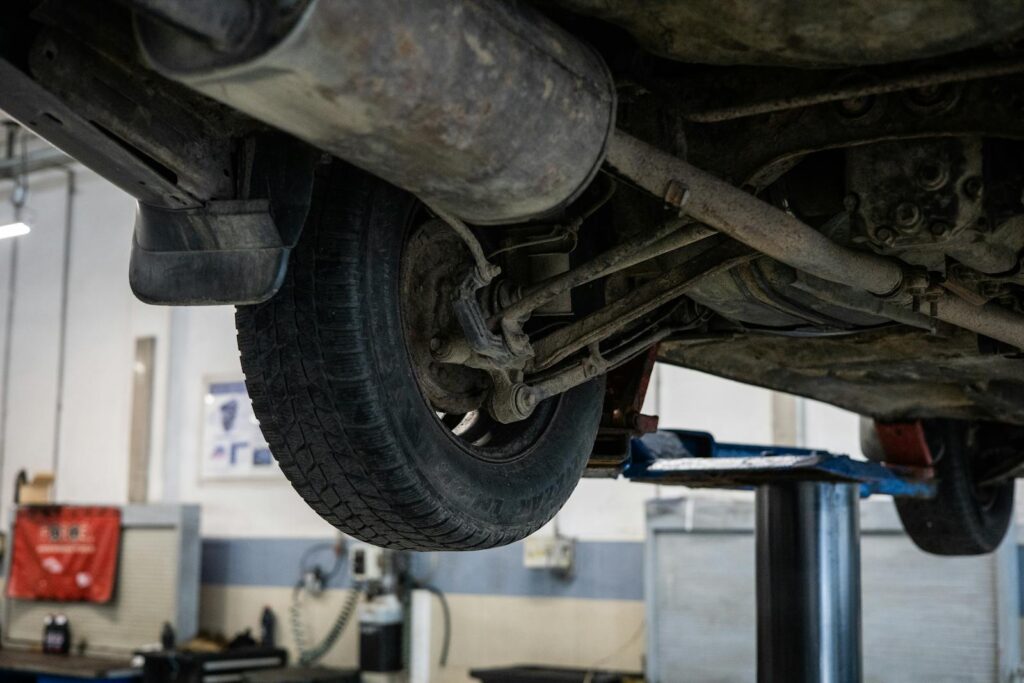
5. **Slammed or Jacked-Up Suspension**Modifying a car’s suspension, whether by lowering it (“slamming”) or lifting it (“jacking up”), is often a financial waste and introduces numerous problems for most drivers. Cheap lowering, such as cutting factory springs or installing aftermarket lowering springs, disrupts the factory engineering that carefully pairs springs with dampers. This leads to poor ride quality, increased tire and component wear, and significant depreciation.
Slammed cars also face practical challenges, struggling with speed bumps or uneven terrain, risking undercarriage damage. This increased wear means higher maintenance costs and reduces appeal to buyers who prefer factory-standard vehicles for proven reliability and ease of maintenance. While specific coilover systems have their place for performance-focused track use, basic lowering for aesthetics is generally detrimental to a daily driver.
Conversely, lifting a vehicle’s suspension for daily-driven trucks and SUVs is often unnecessary. While serious overlanders might benefit, full suspension lift costs range from $1,000 to $20,000, often involving replacing most of the factory suspension system. Beyond accelerated wear issues, jacked-up suspensions cause entry/exit problems, degrade ride quality, increase fuel consumption, and create parking garage difficulties. Such modifications alienate potential buyers, making avoidance a smart financial choice.

6. **Aftermarket Radios and High-End Sound Systems**While advanced factory-installed infotainment systems are desirable, aftermarket radios and high-end audio modifications rarely add value to a car, often becoming a waste of money for those concerned with resale. Many buyers, when purchasing a used vehicle, prefer original factory audio systems over custom aftermarket setups due to concerns about integration, potential wiring issues, and aesthetic disruption.
Aftermarket radios frequently necessitate dashboard or wiring harness modifications, which can compromise the vehicle’s originality and, consequently, its resale value. Even advanced aftermarket systems typically do not increase a vehicle’s market price, and some dealerships may even be reluctant to work on vehicles with compromised factory wiring due to complex aftermarket installations. Therefore, such an investment seldom yields financial returns.
High-end sound systems, while offering a quality auditory experience for personal enjoyment, are often overpriced for most drivers. Adding substantial components like enormous subwoofers in the trunk can add significant weight to the car, negatively impacting performance and fuel efficiency. Such excessive modifications are often seen by potential buyers as a sign of disregard for the car’s integrity or reckless driving, raising concerns about electrical system strain or damage. Unless purely for personal enjoyment without resale concerns, these systems are not a wise financial decision.
Read more about: Unlock Your Car’s Security: The 15 Most Common Items Thieves Target (And Why You Should Never Leave #5 Behind)
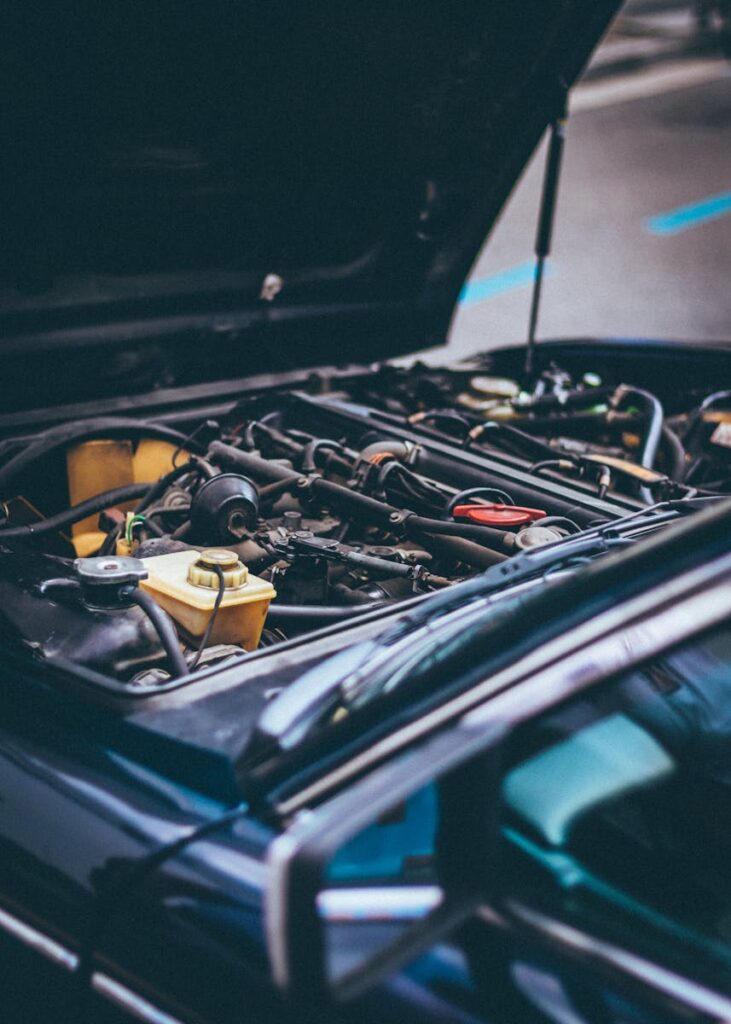
7. **Excessive Engine Modifications and Overpriced Performance Chips**The promise of boosted horsepower and improved fuel efficiency through engine modifications and performance chips attracts many car enthusiasts. However, for daily drivers, diving into excessive engine modifications often leads to reliability issues, high maintenance costs, and a significant risk of voiding warranties, making these upgrades a questionable investment at best.
Performance chips, or “tune boxes,” are designed to modify a vehicle’s engine control unit (ECU) parameters, such as air-fuel ratios, turbo boost levels, and ignition timing. While they promise gains, these are often minimal and come with substantial risks. Forcing the engine to function at a higher intensity or capacity than it was originally designed for can cause significant strain, leading to overheating, increased wear and tear on critical components, and costly engine damage. Aftermarket chips can also void manufacturer warranties, leaving the owner solely responsible for expensive repairs.
Unnecessary nitrous oxide kits fall into an even more extreme category of engine modification. Providing short bursts of speed, they are impractical for daily driving, pose significant safety risks, and can cause severe engine damage. The costs of installation, refills, and potential repairs make them a very poor investment. Unless you are a professional racer with a dedicated track vehicle, these modifications are a complete waste of money and a significant liability for a daily driver.
Now, let’s continue our exploration of car modifications that, despite their initial appeal or perceived benefits, ultimately prove to be a poor investment, costing you more than they deliver in value or functionality. We aim to equip you with the knowledge to discern truly beneficial upgrades from those that simply aren’t worth your hard-earned money, ensuring your vehicle remains reliable, safe, and retains its value.
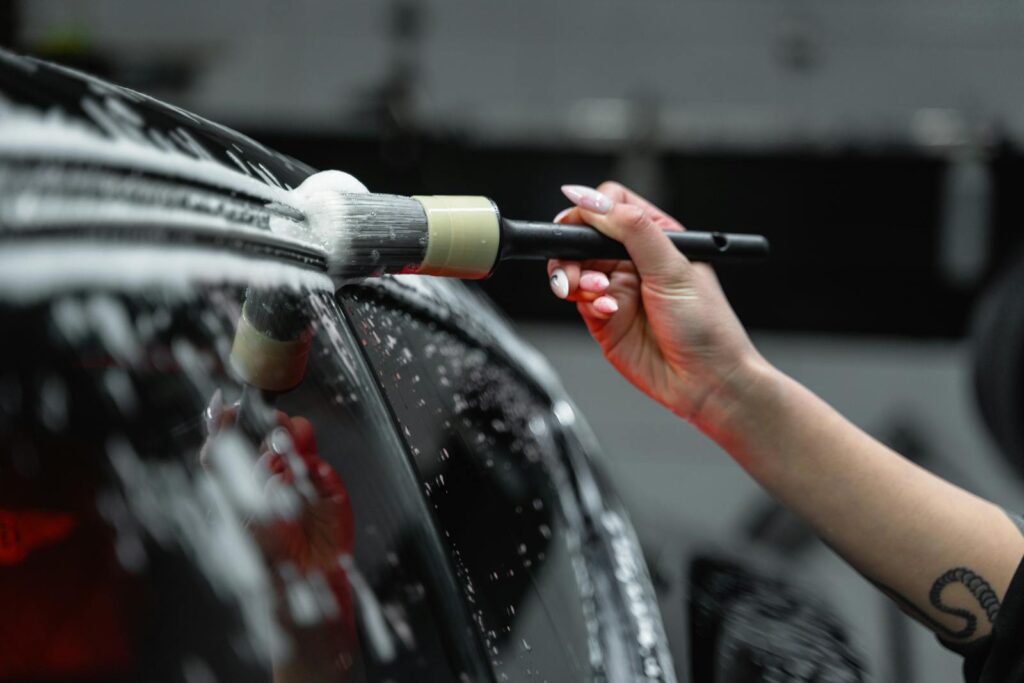
8. **Expensive Paint Jobs** A custom paint job can undeniably make a vehicle stand out from the crowd, reflecting a unique personal style that many owners desire. The appeal of a bespoke finish, differentiating your car from stock models, is strong. However, according to automotive experts, such an investment rarely translates into increased resale value.
While a custom paint job might appear eye-catching, it often fails to add significant monetary worth. These expensive modifications are also prone to damage, requiring costly maintenance and repairs to keep them pristine. A simple scratch or chip on a custom finish can be far more expensive to rectify than on a standard factory paint job, quickly eroding any perceived aesthetic benefit.
Furthermore, the highly individualized nature of custom paint can be a major deterrent for potential buyers. While you might love an extravagant color or a flashy finish, most buyers prefer neutral, factory-standard colors for their broader appeal and ease of maintenance. A unique paint scheme can significantly narrow your pool of potential buyers, making the vehicle much harder to sell. Moreover, a new paint job, especially an expensive one, can sometimes raise suspicions among buyers that it is concealing previous damage, further complicating the sales process and devaluing the car.
Read more about: Ford’s Bold Bet: How the $30,000 Electric Pickup and Universal EV Platform Could Reshape the Automotive Future for Mainstream Buyers

9. **Underglow Lights** Underglow lights, often associated with a particular aesthetic popularized in certain car cultures, are purely about flash rather than function. These lighting systems, installed beneath the vehicle chassis, serve no practical purpose in terms of performance, safety, or driving enhancement. Their sole existence is to provide a distinctive visual effect, drawing attention to the car, often at night.
However, the appeal of underglow lights is often overshadowed by significant drawbacks, primarily concerning legality and unwanted attention. In many regions, the installation and use of underglow lights are illegal, particularly if they emit colors that could be confused with emergency vehicle lighting or if they are simply deemed a distraction to other drivers. This can lead to hefty fines and legal issues for the owner, making the initial investment a source of ongoing financial and regulatory headaches.
The cost of installation, coupled with potential fines and the impracticality of these lights for everyday driving, makes them an ill-advised upgrade. They draw attention for the wrong reasons and offer no tangible benefit to the vehicle’s functionality or value. For a practical vehicle owner, prioritizing safety and legality, underglow lights represent a frivolous expense with no return.
Read more about: The 10 Coolest Car Mods Under $500: Instantly Upgrade Your Ride and Driving Experience
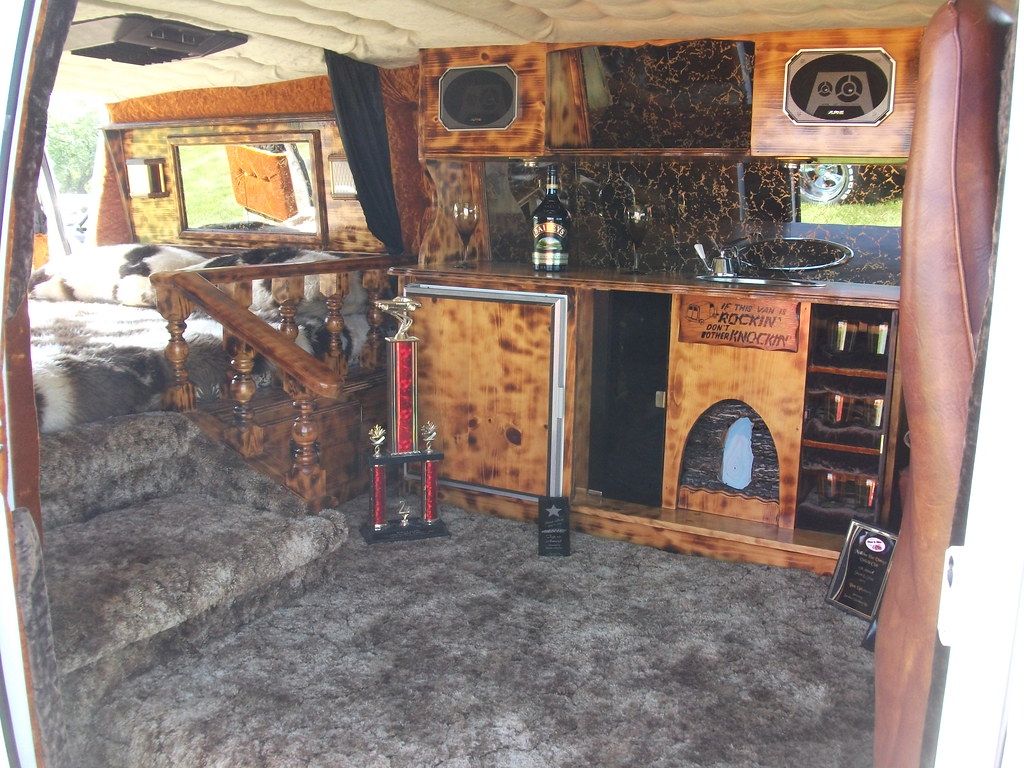
10. **Custom Interiors** Personalizing a car’s interior with custom headliners, dashboards, or upholstery that deviates significantly from its original look is a popular desire for many. The idea is to create a unique and comfortable cabin space tailored to the owner’s specific tastes. However, while factory-installed leather upholstery can add value and luxury, extensively customized interiors frequently do the opposite.
The primary issue with custom interiors is their highly subjective nature. Unusual features, non-standard color schemes, or unique materials that appeal to one owner can easily turn off a broad spectrum of potential buyers. Most individuals in the used car market prefer a vehicle with its original, well-maintained interior, or one upgraded with universally appealing, professional-grade materials and installation that seamlessly integrate with the car’s design.
Furthermore, poorly installed aftermarket interior modifications can raise serious concerns about safety and durability. Unlike factory components that undergo rigorous testing, custom jobs might not meet the same standards, potentially leading to loose trim, electrical issues, or materials that degrade quickly. This not only impacts the car’s aesthetic appeal but also its perceived reliability and structural integrity, making it a challenging sale and often leading to depreciation rather than appreciation.
Read more about: America’s Unstoppable Love Affair with Compact SUVs: Why These Versatile Vehicles Rule the Automotive Market and What Drives Their Record-Breaking Sales
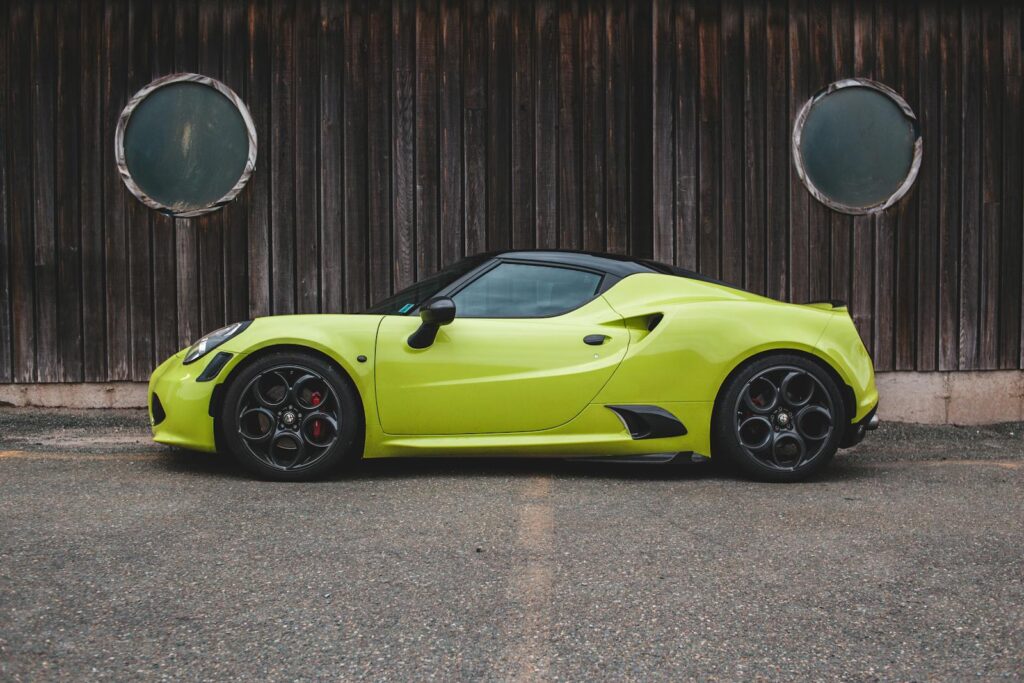
11. **Window Tinting Beyond Legal Limits** Window tinting is a modification chosen by many for valid reasons, such as enhancing privacy, reducing glare from sunlight, and keeping the car’s interior cooler. When applied within legal parameters, it can be a functional and aesthetically pleasing upgrade. However, pushing tinting beyond legally permissible limits introduces a host of problems that far outweigh any perceived benefits.
The most immediate drawback of excessive window tinting is its illegality in many regions. Laws regarding window tinting are in place to ensure adequate visibility for drivers and to allow law enforcement to see into a vehicle for safety reasons. Violating these regulations can result in significant fines and, in some cases, require the owner to remove the tint at additional cost, essentially paying twice for a modification that was problematic from the start.
Beyond legal ramifications, excessively dark window tints pose a serious safety hazard. They significantly impair visibility, particularly at night or in adverse weather conditions, making it more difficult for the driver to see pedestrians, other vehicles, and road hazards. This not only endangers the driver but also other road users. Practicality and legality should always take precedence over purely aesthetic considerations when it comes to modifications that impact safety.
Read more about: Is Your Car Making You Sick? An In-Depth Look at the Hidden Health Dangers Lurking in Your Vehicle

12. **Aftermarket Sunroofs** The allure of an open-air driving experience makes a sunroof a desirable feature for many car owners. While factory-installed sunroofs are a well-engineered component of a vehicle’s design, opting for an aftermarket sunroof installation is often a costly mistake. What appears to be a straightforward addition involves significant structural alterations that the original manufacturer accounted for in their design.
To install an aftermarket sunroof, a large hole must be cut into the car’s roof, an area meticulously designed for structural integrity and passenger safety. Proper reinforcement around this new opening is crucial, and it’s a complex engineering task that aftermarket installers may not execute to factory standards. This compromises the vehicle’s structural integrity, especially its crumple zones, which are vital for occupant protection in an accident.
Furthermore, aftermarket sunroofs are notoriously prone to leaks. Achieving a perfect, long-lasting seal in a non-factory setting is challenging, leading to potential water ingress during rain or car washes. Such leaks can cause significant damage to the interior, including electrical systems, upholstery, and flooring, leading to expensive repairs. Given the high installation costs, maintenance issues, and safety concerns, acquiring a vehicle with a factory-installed sunroof is a far wiser and safer choice than pursuing an aftermarket alternative.
Read more about: The Hidden Costs of Customization: 15 DIY Truck Upgrades That Can Plummet Your Resale Value
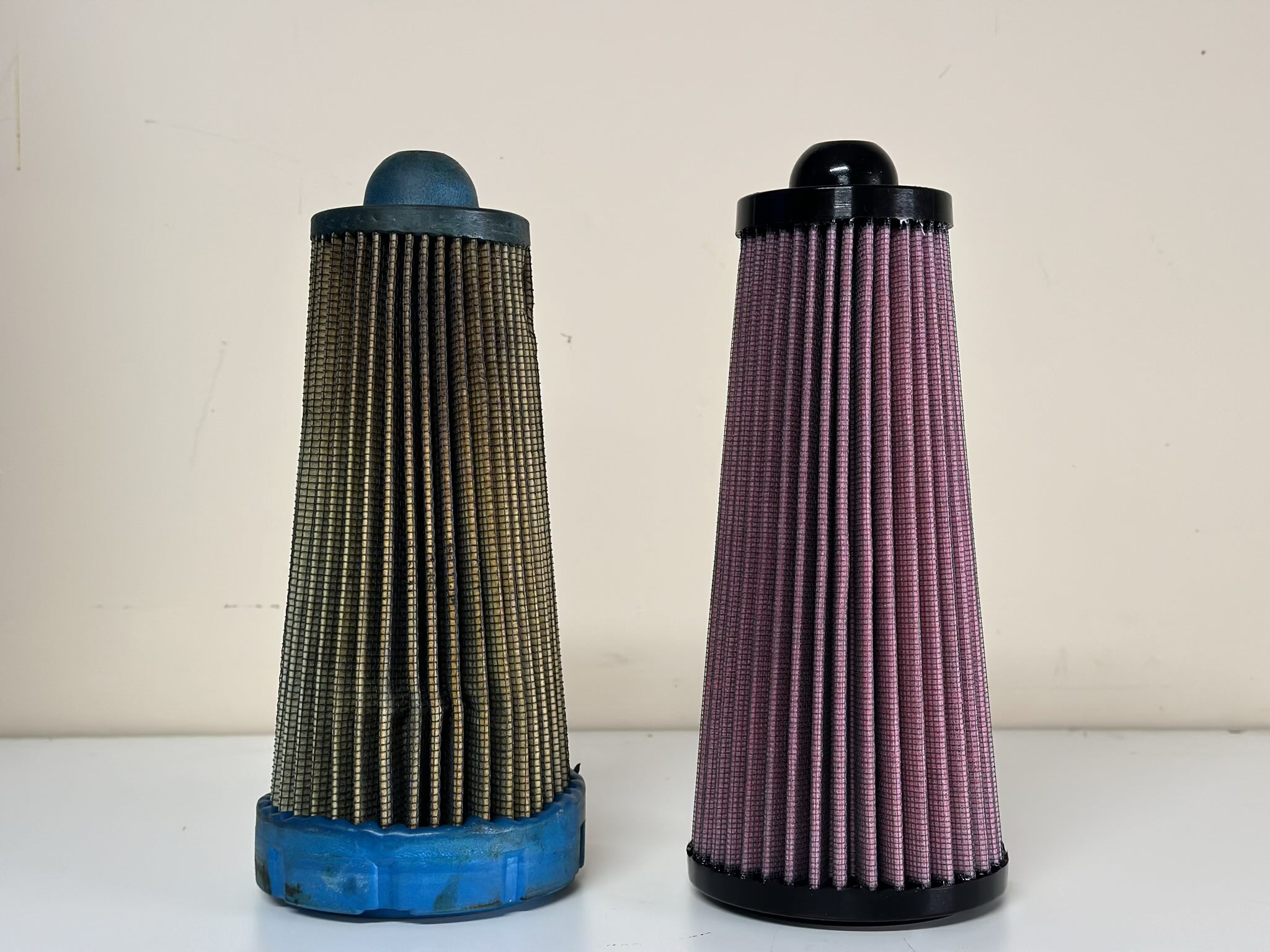
13. **Cheap Performance Air Filters** Many car enthusiasts are drawn to the promise of improved engine performance through “performance” air filters, which often claim to offer better airflow and a boost in horsepower. While some high-quality, properly designed performance filters might offer marginal gains in specific applications, focusing on “cheap options” in this category is almost universally a waste of money and can even be detrimental to your vehicle.
Cheap performance air filters rarely deliver on their promises of significant benefits. The slight increase in airflow, if any, often translates to negligible real-world horsepower gains for a daily driver. These filters are not backed by rigorous engineering and testing that factory filters undergo, meaning their design is often compromised. The cost-to-benefit ratio is heavily skewed, with minimal improvement for an unnecessary expenditure.
Crucially, cheap aftermarket air filters can compromise the engine’s long-term health. Unlike OEM filters, which are precisely designed to filter out contaminants while optimizing airflow, many inexpensive “performance” filters are less effective at trapping dirt, dust, and other harmful particles. This allows more contaminants to enter the engine, potentially causing increased wear on internal components, accelerating degradation, and leading to costly damage over time. This makes them a counterproductive upgrade for any car owner prioritizing reliability and longevity.
Read more about: Unmasking the Motoring Misconceptions: 14 Common Car Myths That Could Cost You Dearly and Harm Your Engine
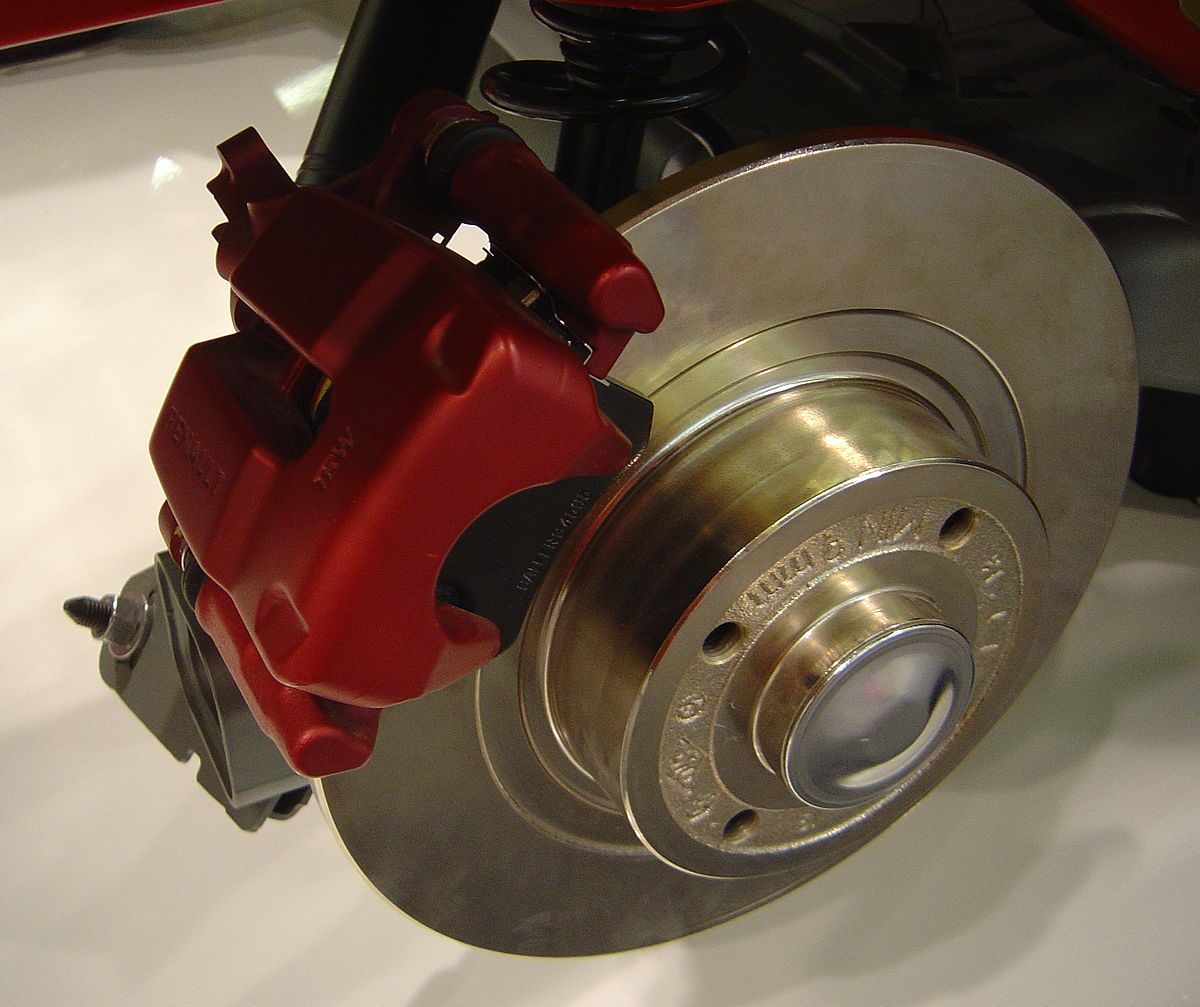
14. **Performance Brakes** Upgrading to performance brakes might seem like a logical step for those looking to enhance their vehicle’s stopping power, especially for cars driven spiritedly or in demanding conditions. While high-performance braking systems have their place in specialized track vehicles, installing them on a standard daily driver often represents an unnecessary expense that can lead to unforeseen drawbacks rather than tangible benefits.
One significant issue with performance brakes on a daily driver is the accelerated wear they can impose on other critical suspension parts and tires. Performance brake pads and rotors are designed to operate at higher temperatures and with more aggressive friction materials, which can be overly abrasive for standard use. This leads to quicker degradation of brake components, requiring more frequent and expensive replacements. Additionally, the enhanced stopping power can put more stress on suspension linkages and even tire compounds, shortening their lifespan.
Moreover, potential buyers often view performance brake upgrades with caution. Such modifications can suggest that the vehicle has been driven aggressively, raising concerns about its overall condition and the potential for higher maintenance costs in the future. Many buyers prefer vehicles with factory-standard components due to their proven reliability and ease of sourcing replacement parts. Therefore, investing in performance brakes for a daily driver can make the car less appealing and challenging to sell, turning a supposed enhancement into a financial liability.
Read more about: Beyond the Badge: A Deep Dive into 14 Overrated Car Brands You Might Regret Buying in 2025
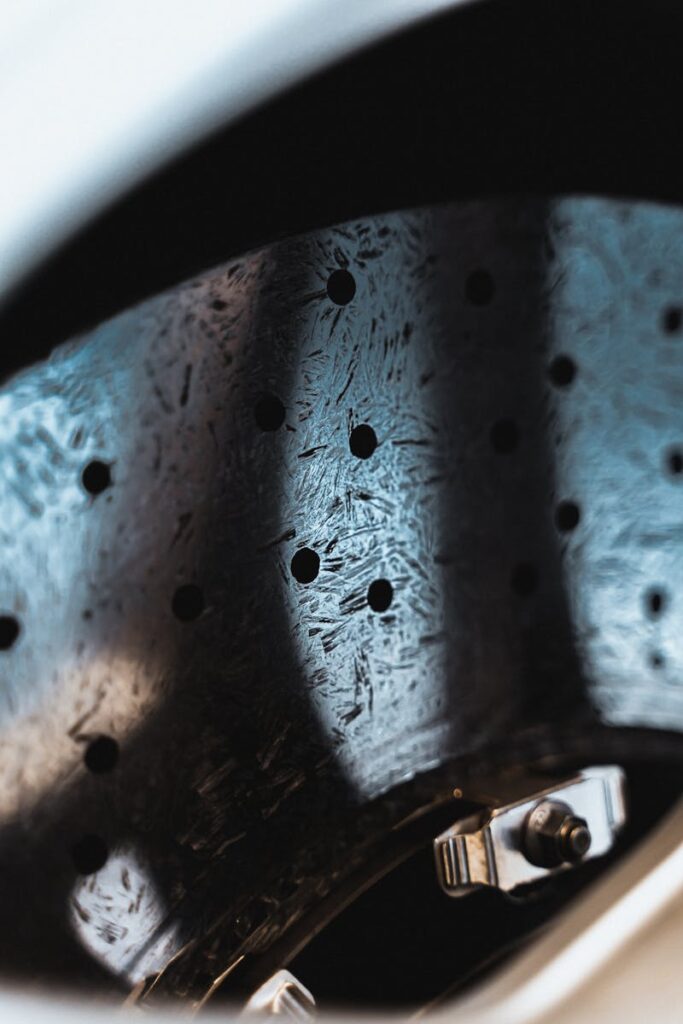
15. **Speed Holes** The concept of “speed holes” involves cutting out sections from a car’s rear or front bumpers, ostensibly to reduce weight and increase acceleration by allowing air to pass through unimpeded. This modification, often seen in certain enthusiast circles, is based on a flawed premise and carries significant risks that far outweigh any theoretical benefits for a daily-driven vehicle.
The claim that speed holes significantly reduce a car’s weight or increase airflow for performance gains is largely unsubstantiated. In reality, internal components such as the firewall and engine block restrict much of the airflow from the front bumper, making any air passage from these cutouts largely ineffective. The actual weight savings from removed plastic components are minimal, certainly not enough to noticeably impact acceleration or speed in everyday driving scenarios.
The most critical drawback of cutting holes in the bumper is the severe compromise to the vehicle’s structural integrity. Bumpers are designed as crucial safety components, absorbing impact energy in a collision and protecting the vehicle’s occupants and underlying systems. Introducing large cutouts weakens these structures, significantly reducing the car’s efficiency in safeguarding passengers and the vehicle itself in an accident. This modification creates a dangerous liability and completely undermines the manufacturer’s safety engineering, making it a definitive waste of time and money that jeopardizes safety.
**Think Twice Before Making that Upgrade**
Read more about: Unlock Safer Driving: 6 Critical Ways Your Phone Habits (and Others) Are Putting You at Risk – And How to Master the Road
As we’ve explored, the world of car upgrades is fraught with options that promise enhancement but often deliver only headaches and financial drain. While the desire to personalize or improve your vehicle is understandable, the key lies in making informed decisions. Distasteful or poorly conceived modifications can destroy your car’s value by degrading its functionality, appearance, and performance, ultimately turning off potential buyers who rightly prefer stock vehicles for their factory-backed assurances and ease of maintenance. Before committing to any modification, always consult an expert and prioritize upgrades that genuinely contribute to safety, reliability, and long-term value. Your wallet, and your car, will thank you.

